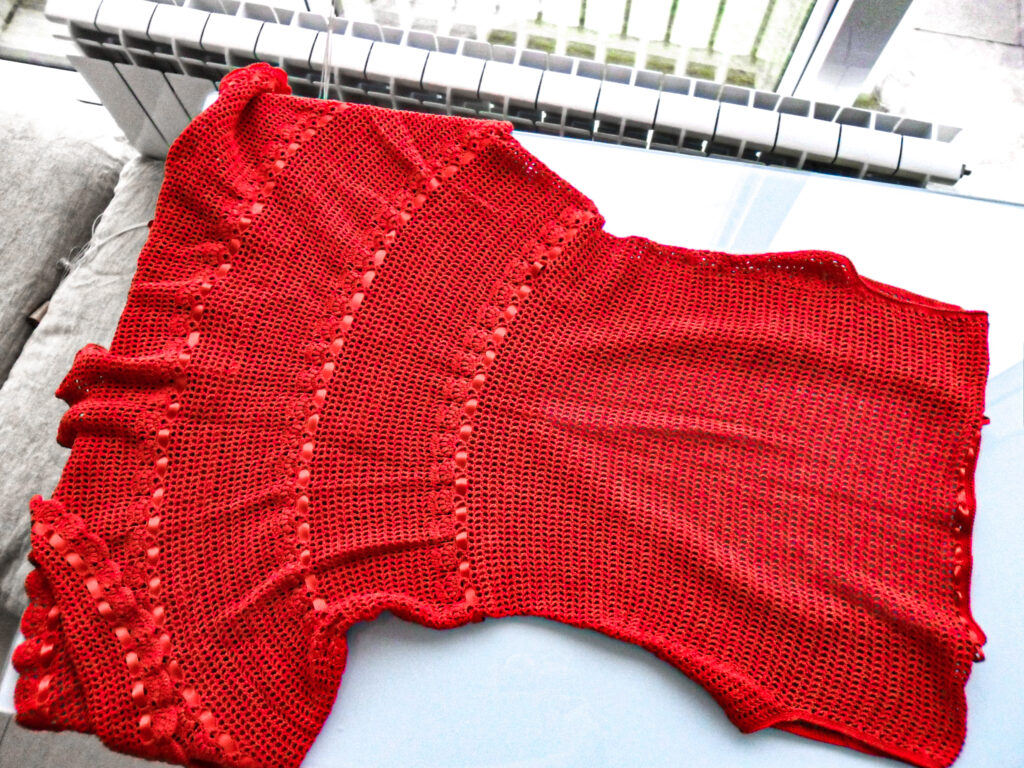When choosing yarn for your crochet projects, one often overlooked but critical factor is colorfastness – specifically, whether the yarn bleeds. Yarn bleeding can ruin your hard work by staining other parts of your garment, other clothes, or even your skin. In this post, we’ll explain how to identify and handle yarn bleeding, with practical tips to prevent it from affecting your beautiful crochet creations.
Master the art of creating perfectly fitting, bespoke crochet garments. Learn precise measurement techniques, customize patterns, and achieve professional results.
Understanding Yarn Bleeding
Yarn bleeding occurs when the dye in the yarn is not properly set, causing the color to run or bleed when it gets wet. This can happen during washing, sweating, or even in humid conditions. There are two main types of yarn bleeding:
- Moderate Bleeding: The color runs slightly, but it’s manageable with some precautions.
- Heavy Bleeding: The color runs significantly, making the yarn unsuitable for most projects.
Identifying Yarn Bleeding
Before starting your project, it’s crucial to test your yarn for bleeding. Here’s how:
- Swatch Test: Crochet a small swatch using the yarn.
- Soak Test: Soak the swatch in warm water with a bit of mild detergent.
- Rinse and Dry: Rinse the swatch and let it dry on a white cloth or paper towel.
If you notice any color transfer to the cloth or towel, your yarn is bleeding.
Handling Yarn Bleeding
If your yarn shows signs of bleeding, here’s what you can do:
- For Moderate Bleeding:
- Use a Lining: Line your garment to prevent the color from staining your skin or undergarments.
- Separate Colors: Avoid combining the bleeding yarn with lighter colors to prevent color transfer.
- Special Care: Wash the garment separately and always air dry to minimize bleeding.
- For Heavy Bleeding:
- Avoid Use: The best approach is to avoid using heavily bleeding yarns altogether. They can ruin your project and cause frustration.
- Discard: Consider discarding the yarn if it bleeds excessively, as it’s unlikely to produce satisfactory results. (skirt and dress on the photos above)
By taking the necessary precautions against yarn bleeding, you can ensure that your crocheted garments remain vibrant and beautiful. Testing your yarn for colorfastness before starting your project and knowing how to handle moderate and heavy bleeding will save you from potential disappointment. Stay tuned for more tips and tricks in our Crochet Basics series!
© 2024 hWardrobe. All rights reserved.
















You have Successfully Subscribed!